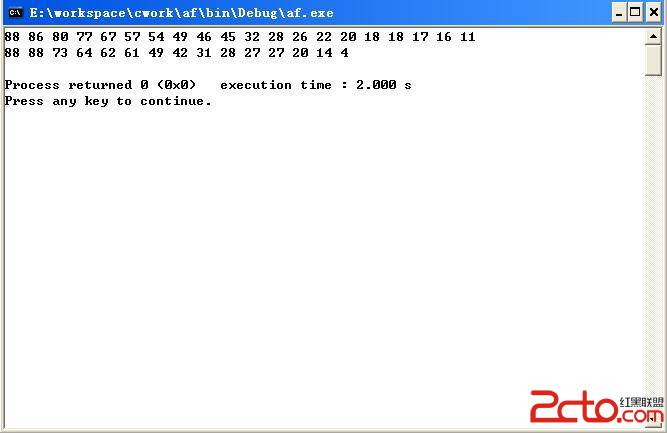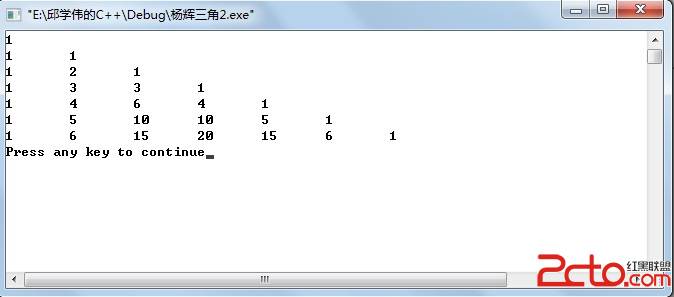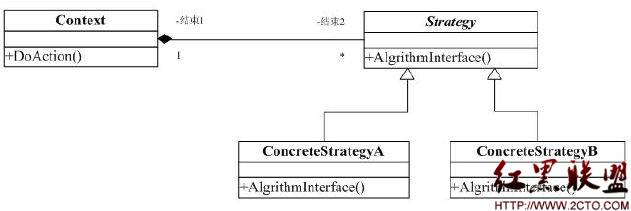Poj 2284 Hoj 1890 That Nice Euler Circuit
本题用到平面图的欧拉公式:设平面图的顶点数、边数和面数分别为V,E,F,则V+F-E=2.1.在求顶点数V的时候,很容易想到的想法是判断线段两两相交,如果两线段相交,则顶点数+1,但是,两顶点可能会重合,所以必须要求出相交点的坐标。然后去掉重复的顶点,即去掉坐标值相同的顶点,那么此时数组的大小就是V。先用sort排序,再用unique去重。2.在求E的时候,需要对每个V中的顶点做判断,如果点c在线段(a,b)上,不包含端点,那么线段数目+1,求完以后,加上原来的初始化的线段数即可。3.依据欧拉公式求F。[cpp]#include <iostream>#include <stdio.h>#include <stdlib.h>#include <string.h>#include <math.h>#include <algorithm>using namespace std;const double eps = 1e-8;struct Point{double x;double y;Point() {}Point(double _x,double _y):x(_x),y(_y) {}friend Point operator + (Point a,Point b){return Point(a.x+b.x , a.y+b.y);}friend Point operator - (Point a,Point b){return Point(a.x-b.x , a.y-b.y);}};struct Edge{Point a;Point b;};Edge e[315];Point p_temp[315];Point p[100000];int p_num = 0;int dcmp(double x) //三态函数{if(fabs(x)<eps)//在一定的精度范围内可认为是0return 0;return x>0?1:-1;}double det(Point a,Point b) // 叉积,重载叉积函数{return a.x*b.y-a.y*b.x;}double det(Point a,Point b,Point o) // 叉积{return det(a-o,b-o);}double det(Point a,Point b,Point c,Point d) // 叉积{return det(b-a,d-c);}double dot(Point a,Point b) // 点积{return a.x*b.x + a.y*b.y;}double dot(Point a,Point b,Point o) // 点积{return dot(a-o,b-o);}void intersect(Point a,Point b,Point c,Point d)// 判断线段是否相交{int d1 = dcmp( det(a,b,c) );int d2 = dcmp( det(a,b,d) );int d3 = dcmp( det(c,d,a) );int d4 = dcmp( det(c,d,b) );Point temp;//求交点坐标if((d1*d2<0&&d3*d4<0)){double t = ((a.x-c.x)*(c.y-d.y)-(a.y-c.y)*(c.x-d.x))/((a.x-b.x)*(c.y-d.y)-(a.y-b.y)*(c.x-d.x));temp.x = a.x + (b.x - a.x) * t;temp.y = a.y + (b.y - a.y) * t;p[p_num++] = temp;}//c在(a,b)上else if(d1==0&&dcmp(dot(a,b,c))<=0){temp.x = c.x;temp.y = c.y;p[p_num++] = temp;}//d在(a,b)上else if(d2==0&&dcmp(dot(a,b,d))<=0){temp.x = d.x;temp.y = d.y;p[p_num++] = temp;}//a在(c,d)上else if(d3==0&&dcmp(dot(c,d,a))<=0){temp.x = a.x;temp.y = a.y;p[p_num++] = temp;}//b在(c,d)上else if(d4==0&&dcmp(dot(c,d,b))<=0){temp.x = b.x;temp.y = b.y;p[p_num++] = temp;}}//从大到小排序bool cmp(Point a,Point b){if(a.x - b.x >eps){return true;}else if(fabs(a.x - b.x)<eps && a.y - b.y >eps){return true;}return false;}//两点坐标相等bool cmp2(Point a,Point b){if(fabs(a.x - b.x) < eps && fabs(a.y - b.y)<eps){return true;}return false;}int main(){#ifndef ONLINE_JUDGEfreopen("in.txt","r",stdin);#endifint n;int num = 0;while(scanf(" %d",&n)!=EOF && n!=0){num++;p_num = 0;for(int i=1;i<=n;i++){scanf(" %lf %lf",&p_temp[i].x,&p_temp[i].y);}for(int i=1;i<n;i++){e[i].a.x = p_temp[i].x;e[i].a.y = p_temp[i].y;e[i].b.x = p_temp[i+1].x;e[i].b.y = p_temp[i+1].y;}n--;int E = n;int V = 0; &nb补充:软件开发 , C++ ,上一个:fabonacci数列非递归
下一个:九度OJ 题目1471:合并符串
- 更多C/C++疑问解答:
- 关于c++的cout输出的问题。
- 在学校里学过C和C++,不过学的很一般,现在自学C#,会不会很难?
- 全国计算机二级C语言笔试题
- 已知某树有2个2度结点,3个3度结点,4个4度结点,问有几个叶子结点?
- c++数据结构内部排序问题,整数排序
- 2012九月计算机二级C语言全国题库,,急求急求
- 如果assert只有一个字符串作为参数,是什么意思呢?
- C语言中,哪些运算符具有左结合性,哪些具有右结合性,帮忙总结下,谢谢了!
- 为什么用结构体编写的程序输入是,0输不出来啊~~~
- 将IEEE—754的十六进制转化为十进制浮点类型,用C或C++都行,多谢各位大侠啊,非常感谢!
- 为什么这个程序求不出公式?
- 这个链表倒置的算法请大家分析下
- c语言函数库调用
- C语言unsigned int纠错
- C语言快排求解啊





